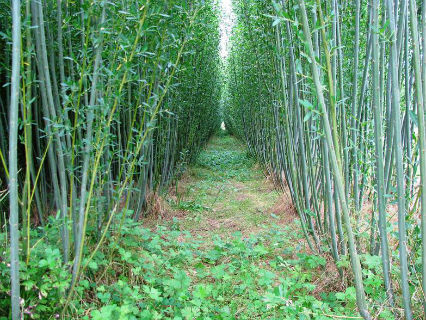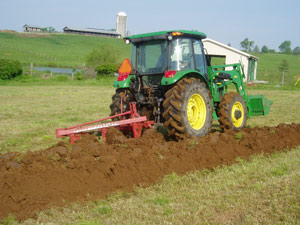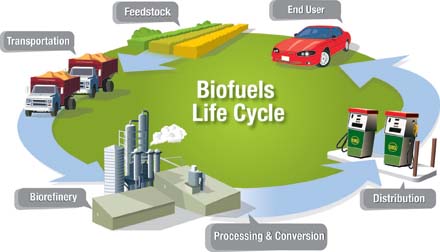
Grown for biofuel, energy-efficient shrub willow sequesters carbon below-ground, life-cycle assessment shows.
- Research Purpose
- Research Activities
- What We Have Learned
- Why This is Important
- For More Information
- Contributors to this Summary
Abstract
Shrub willow is a short-rotation woody biomass crop that could be an important part of our renewable energy future. By sequestering carbon in below-ground biomass, it can …




 A thorough bioenergy curriculum for all audiences, created by over 40 university specialists.
A thorough bioenergy curriculum for all audiences, created by over 40 university specialists.



